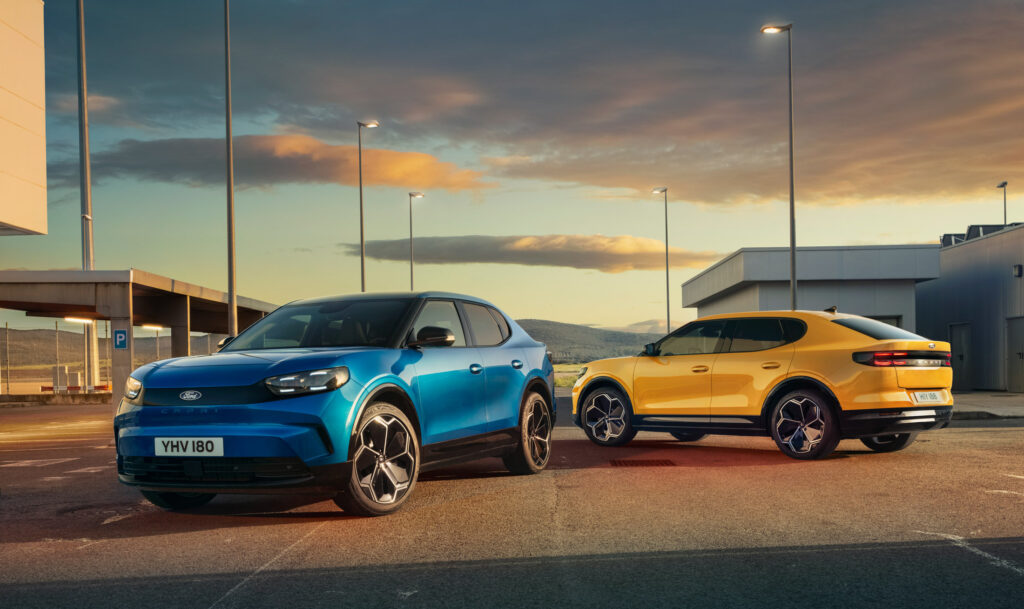VW Might Not Close German Factories After All
- The company’s supervisory board was pondering the possibility of closing two plants.
- One of the plants employs 2,300 people and handles production of the Porsche Cayman, Boxster, and VW T-Roc Cabriolet.
- VW and the IG Metall union continue to negotiate over how to resolve the situation.
For months, Volkswagen has been threatening to close factories in Germany as it hunts for ways to slash costs and sure up its finances. However, the company’s supervisory board is now pondering the possibility of keeping them open in news that’ll no doubt be welcomed by employees and local labor unions.
If VW closed plants in Germany, it would mark the first time in the company’s history that such drastic measures have been taken. The company is facing increased competition from new brands entering the European market, in particular Chinese automakers, and according to VW brand boss Thomas Schäfer, the situation “cannot be resolved through simply cost-cutting measures.” For the past three months, unions and VW have been at loggerheads about what measures are necessary to slash costs.
Read: VW Workers Strike At 9 Plants Over Proposed 10% Pay Cuts And Closures
According to German publication Manager Magazin, VW board members had been looking to end production at the firm’s Dresden plant, which currently employs 300 people. They have also investigated selling the Osnabrueck factory, which has a 2,300-strong workforce. However, unnamed sources now claim the board favors not closing these plants and has not yet lined up a potential buyer for the Osnabrueck site.
The future of the plants is not guaranteed at this stage as there’s still said to be disagreement among some board members. Reuters understands that the Piech and Porsche families favor more aggressive cost-cutting measures.

The Osnabrueck factory currently handles production of the Porsche Cayman, Boxster, and T-Roc Cabrio. While it has an annual capacity of up to 100,000 units, just 28,000 vehicles were manufactured there last year. Production of the T-Roc Cabriolet is also scheduled to end next year, and Porsche is shifting production of the Cayman and Boxster to its site in Zuffenhausen. VW’s Dresden site currently builds the ID.3.
At the start of December, almost 100,000 VW workers across Germany walked off their jobs to protest the extreme cost-cutting measures proposed. The IG Metall union has offered to forgo bonuses for 2025 and 2026 and has also proposed using money from wage increases to finance temporary reduced working hours during times of overcapacity. It says these measures could deliver €1.5 billion ($1.6 billion) in cost savings.
















